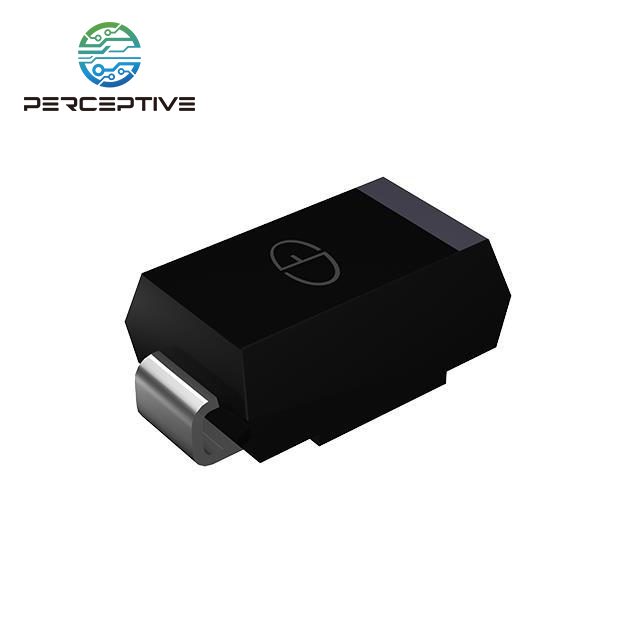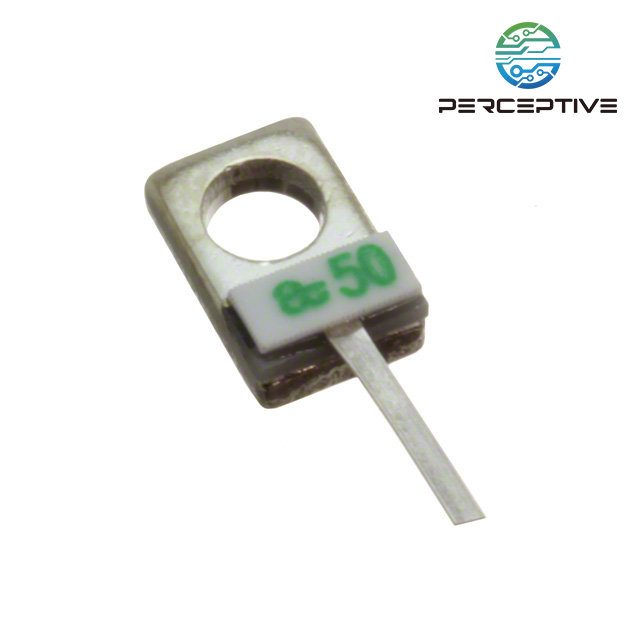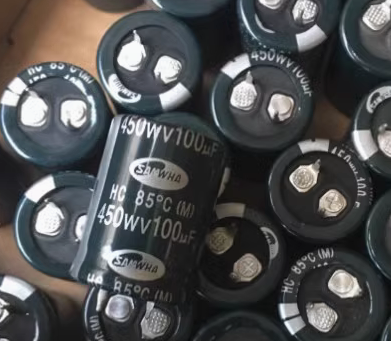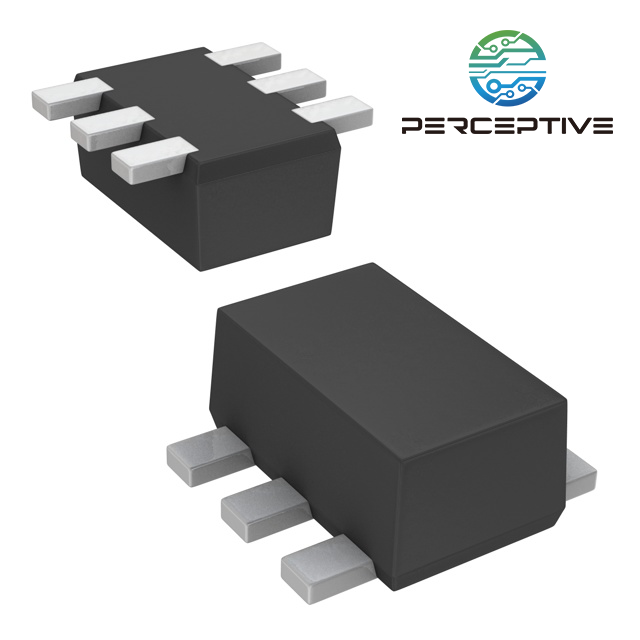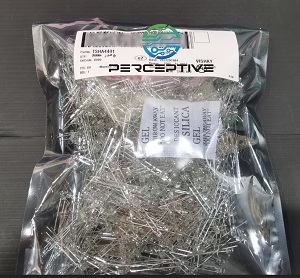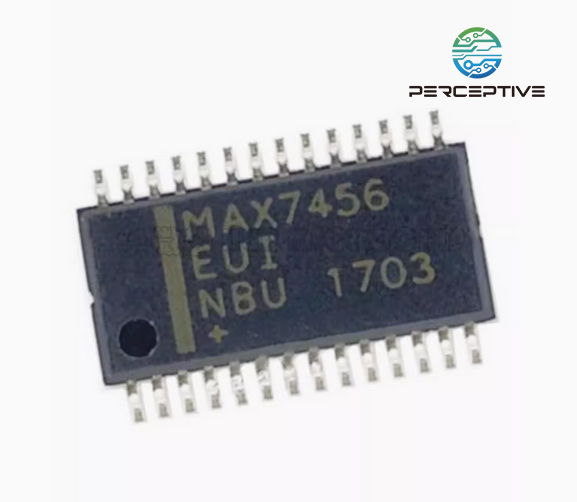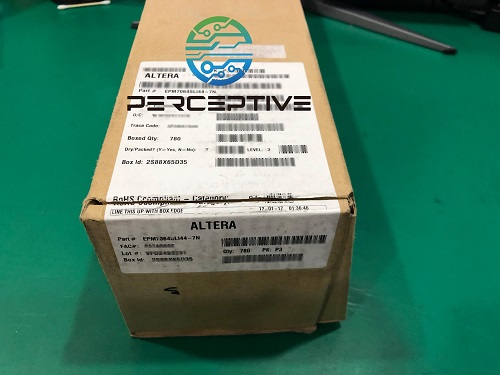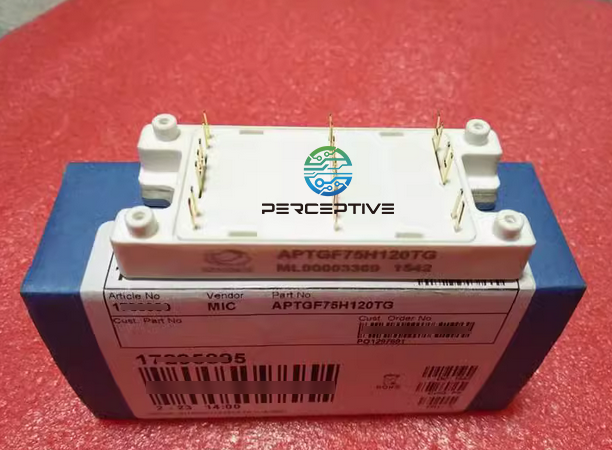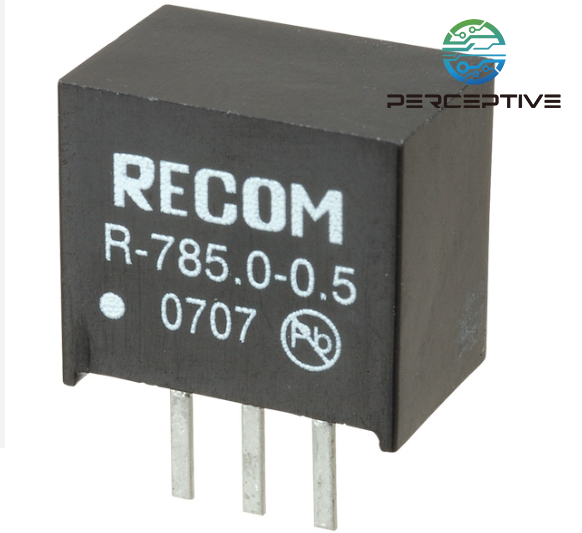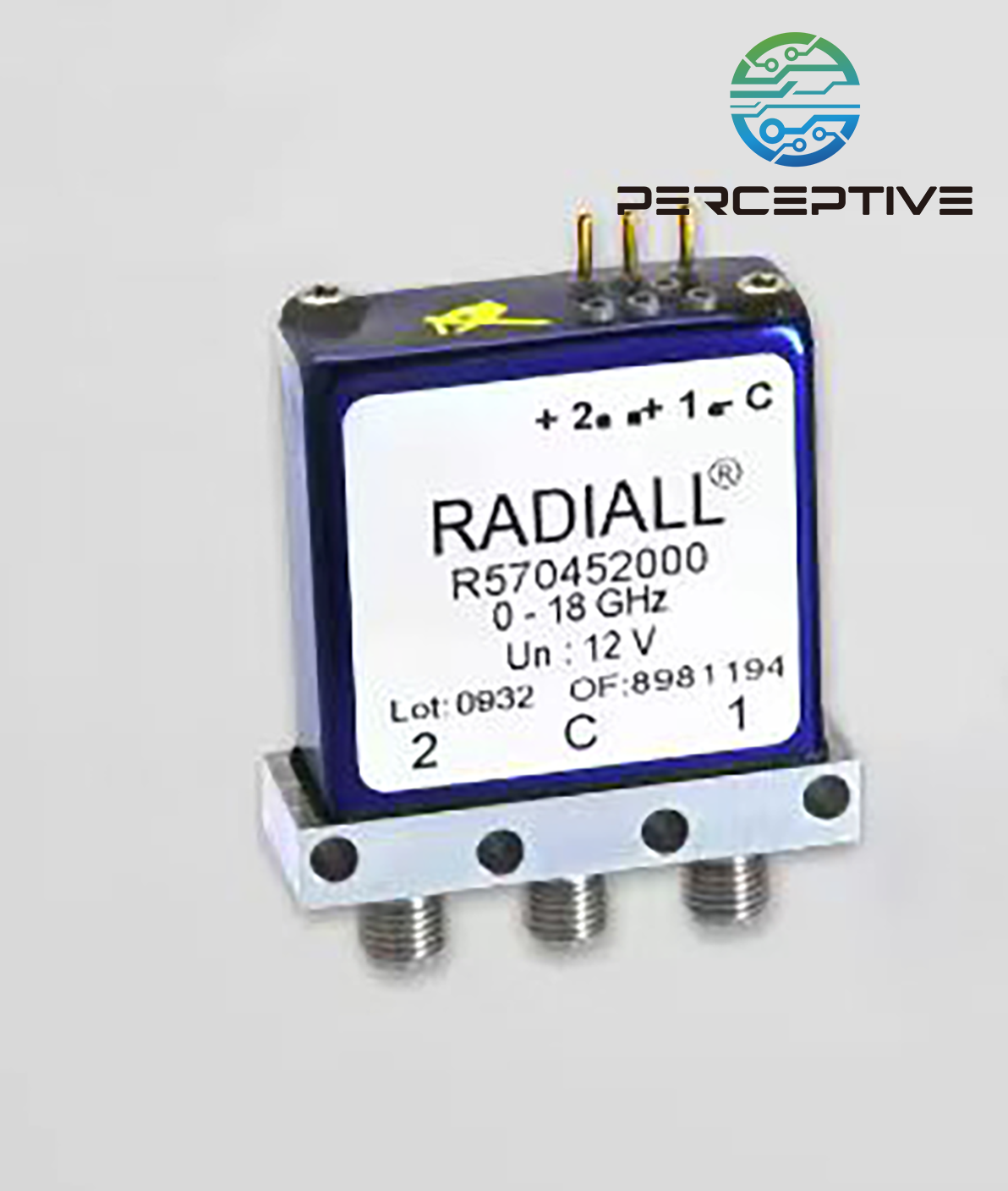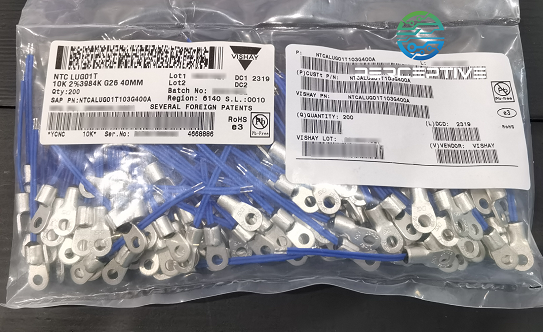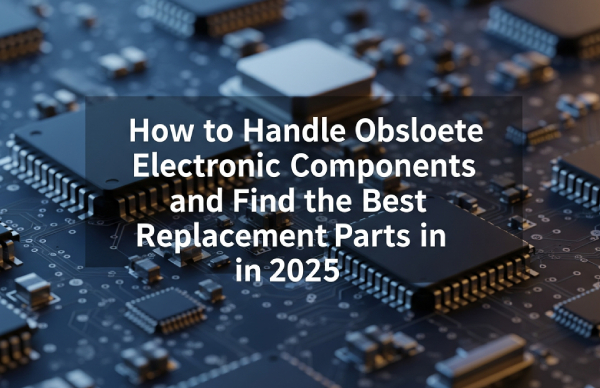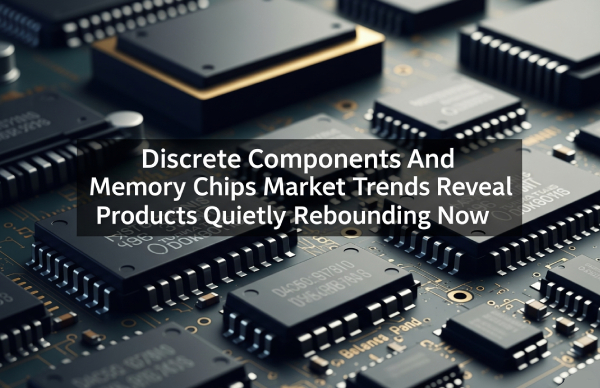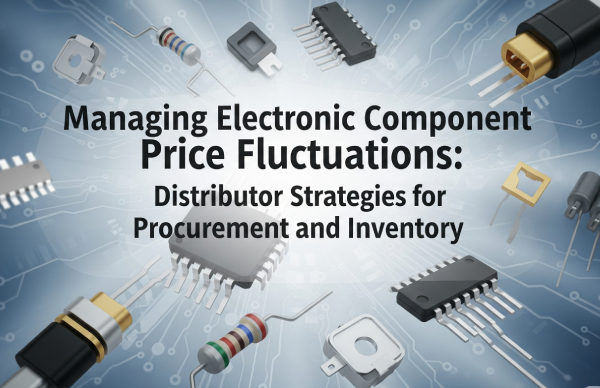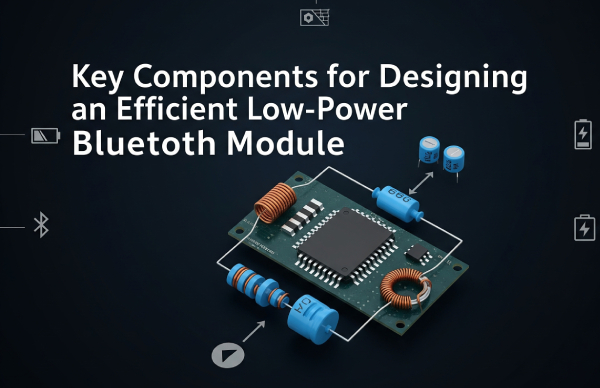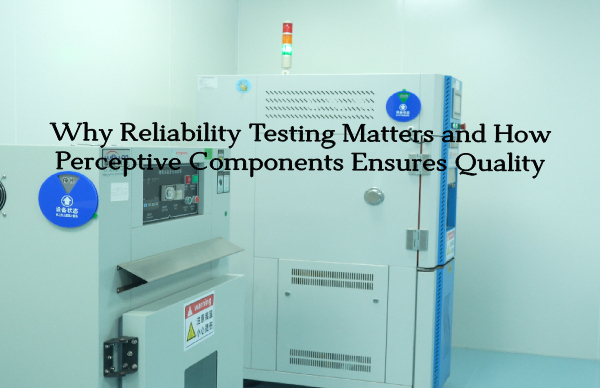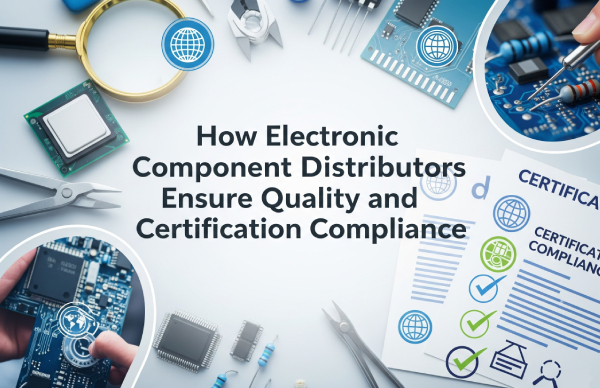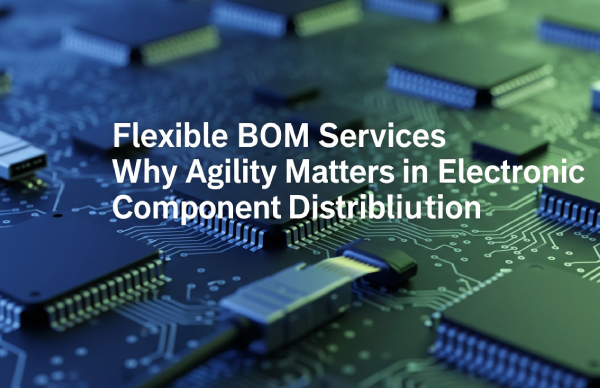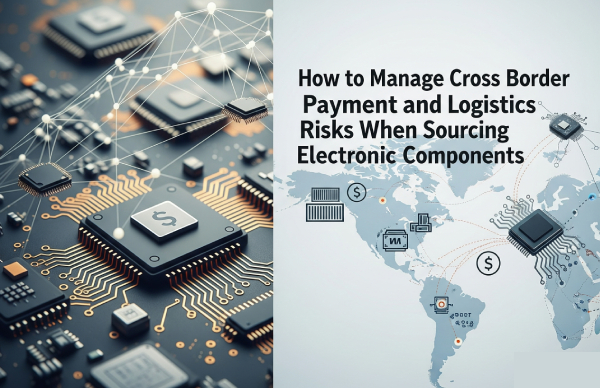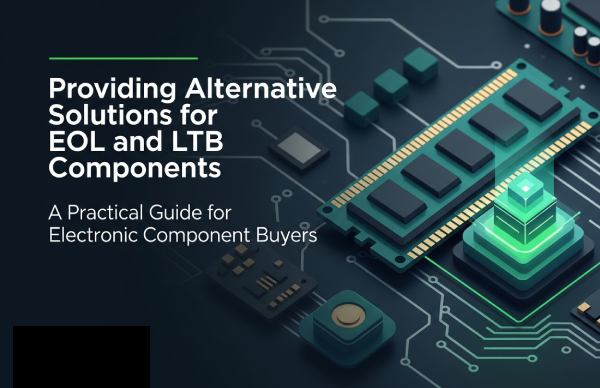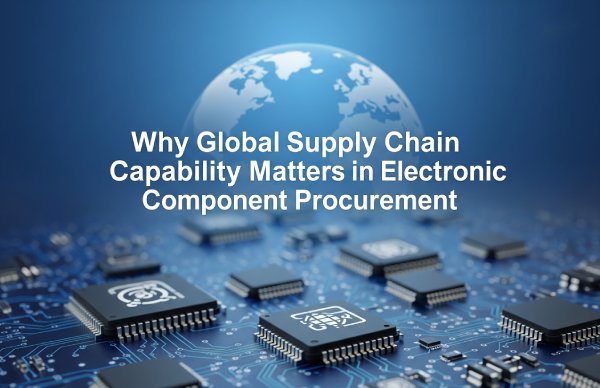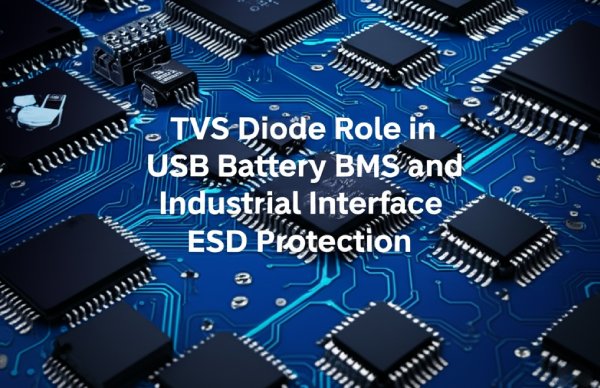In today's rapidly evolving electronics industry, obsolescence is no longer an exception — it's an everyday reality. From supply chain constraints to manufacturers discontinuing legacy product lines, engineers, purchasers, and supply chain managers must now treat End-of-Life (EOL) management as a core competency rather than an afterthought. As of mid-2025, this trend has only intensified, driven by shifting semiconductor manufacturing priorities, the push for higher efficiency, and the constant emergence of newer, more capable technologies.
Why Are More Components Becoming Obsolete
The global semiconductor industry is undergoing another transformation cycle. Major OEMs and foundries are reallocating production capacity to cutting-edge technologies — for example, 3 nm and sub-3 nm nodes for AI and HPC applications. Older nodes like 180 nm or even 90 nm are seeing shrinking wafer starts, making certain ICs, analog chips, and discrete devices increasingly scarce.
In parallel, environmental and regulatory shifts are accelerating EOL notices. RoHS, REACH, and regional green directives force manufacturers to redesign or discontinue parts containing restricted substances. For instance, some legacy diodes and capacitors that still use outdated lead-based solders are no longer viable for compliant designs.
Moreover, market consolidation means fewer suppliers for niche or mature product categories. When key manufacturers exit, entire product lines can vanish overnight — catching unprepared supply chains off guard.
Examples of Recently Discontinued Parts
Recent reports show that some widely used legacy microcontrollers, power MOSFETs, and communication ICs have either entered last-time-buy (LTB) phases or have already stopped production. For example:
8-bit MCU lines from certain brands are seeing sunset notices as manufacturers shift focus to 32-bit ARM-based solutions.
Older generation RF MOSFETs and low-frequency amplifiers have become harder to source due to foundry reallocations.
Mature analog signal conditioners for industrial and medical systems are being phased out in favor of integrated SOCs.

How to Identify Suitable Alternative Components
Finding a true plug-and-play substitute is rarely straightforward. It requires a deep understanding of the component's role, circuit design tolerances, and certification requirements. Here's a practical approach for professionals:
Cross-Reference Tools: Start with the manufacturer's official cross-reference guides or verified distributor resources. These are often updated with backward-compatible models or next-gen equivalents.
Pin-to-Pin Compatibility: Prioritize drop-in replacements to minimize PCB redesign costs. But be vigilant — identical packages can still hide subtle parameter mismatches, such as maximum voltage ratings or thermal performance.
Second-Source Strategy: Whenever possible, dual-source your replacements from multiple reputable brands. This reduces your risk exposure if another discontinuation occurs unexpectedly.
Partner with Trusted Distributors: Experienced distributors like Perceptive Components maintain vetted replacement databases and can advise on in-stock alternates, EOL forecasts, and hard-to-find legacy stock.
Consider Redesign Early: If a truly equivalent part is unavailable, assess whether a redesign makes long-term sense. Modern replacements often offer better performance, lower power, or integrated features that can justify requalification efforts.
Recommended Best Practices
Today's environment demands a proactive mindset. Here are three key best practices to help organizations stay ahead of EOL risks:
Proactive BOM Scrubbing: Regularly audit your Bill of Materials (BOM) with up-to-date lifecycle intelligence. Automated BOM management tools can flag parts at risk of obsolescence before they become a crisis.
Engage Suppliers Early: Build relationships with manufacturers and authorized distributors to receive EOL notifications early. Some producers offer extended manufacturing for committed volumes if you plan far enough in advance.
Design for Longevity: When developing new products, favor components with robust roadmaps, multiple suppliers, and broad market adoption. Avoid highly customized or niche parts unless absolutely necessary.
The Role of a Resilient Distribution Partner
At Perceptive Components, we see ourselves not just as a vendor but as a problem-solving partner. Our global sourcing team works daily with OEMs, EMS providers, and engineers to secure viable replacements, source verified surplus, and recommend redesign paths where needed.
By combining up-to-date market data, deep technical knowledge, and a vetted supplier network, we help our customers navigate sudden EOL situations without costly production delays.
Conclusion
In 2025's semiconductor landscape, the only certainty is change. Treating EOL planning as an integral part of your procurement strategy — and partnering with experts who understand both current supply dynamics and future trends — is the smartest way to turn a potential supply chain risk into a competitive advantage.
If your project is facing unexpected obsolescence challenges, contact us today for tailored replacement recommendations and reliable sourcing support.


